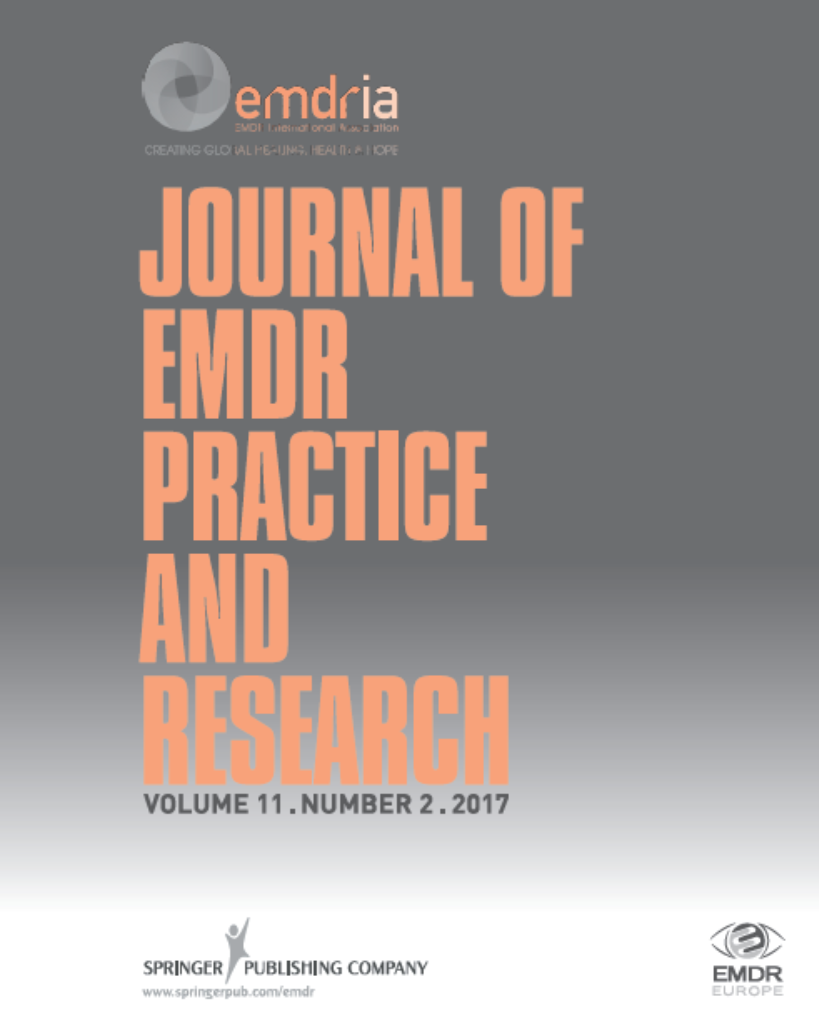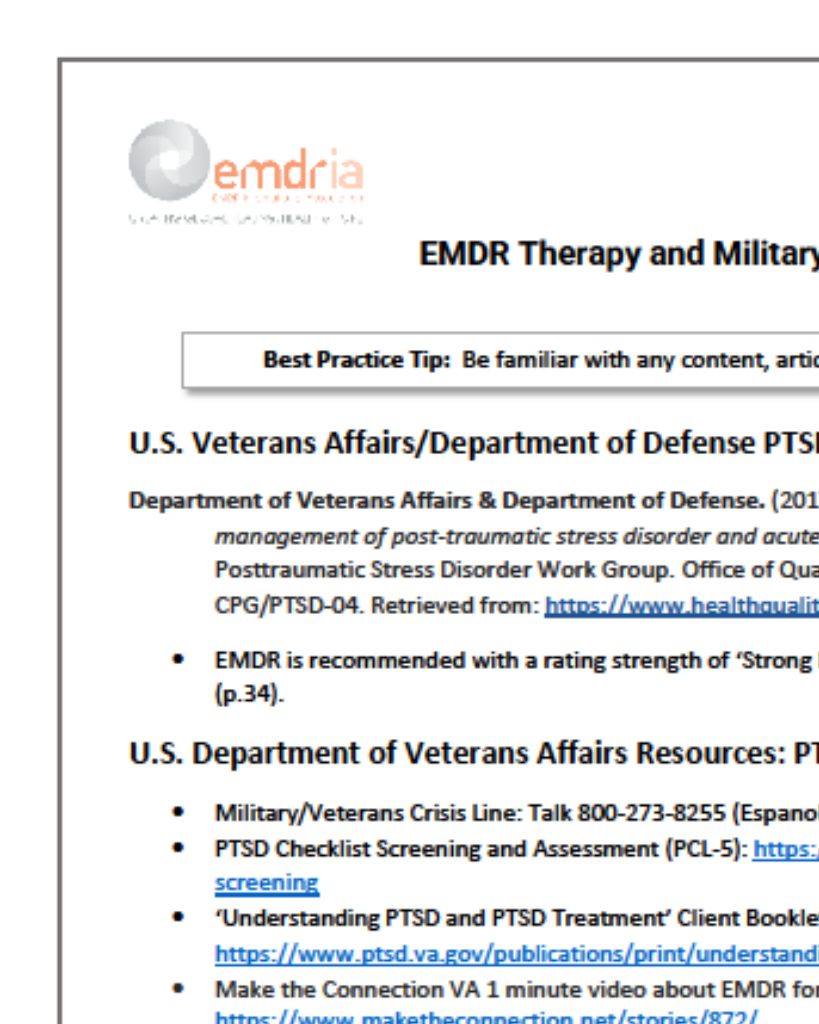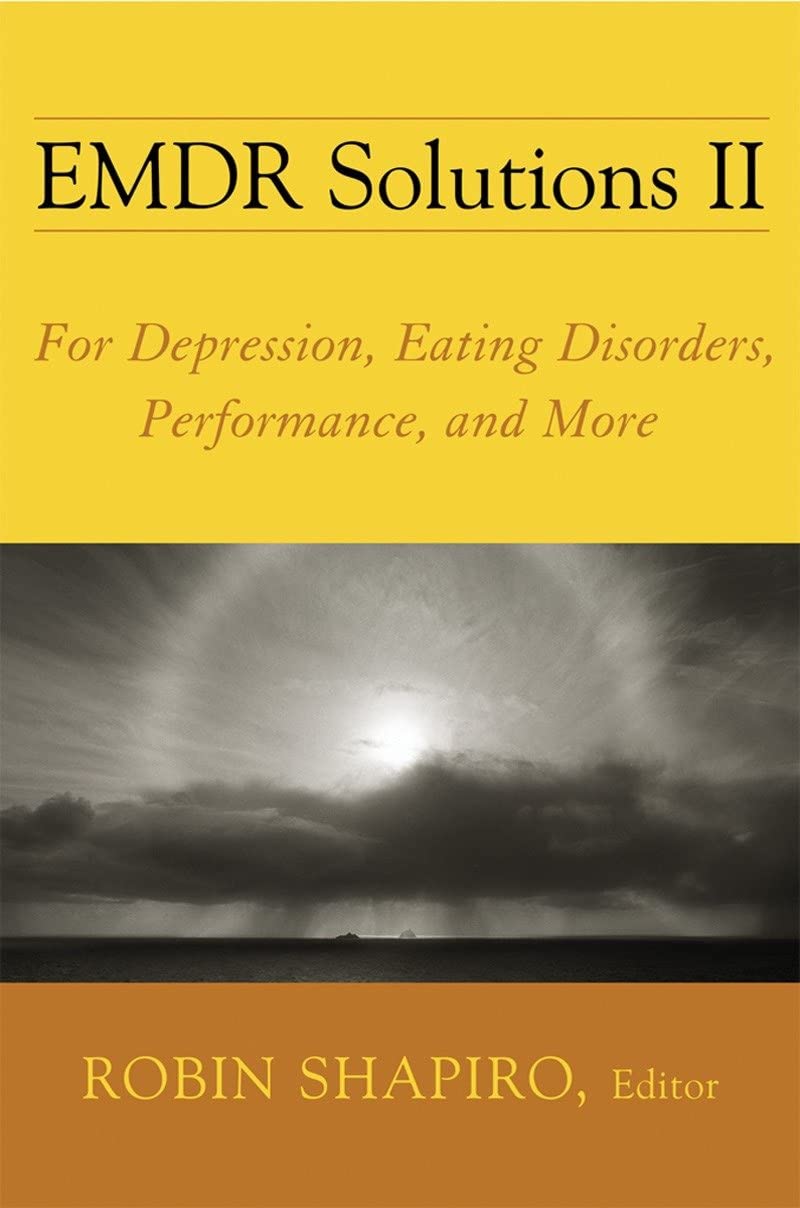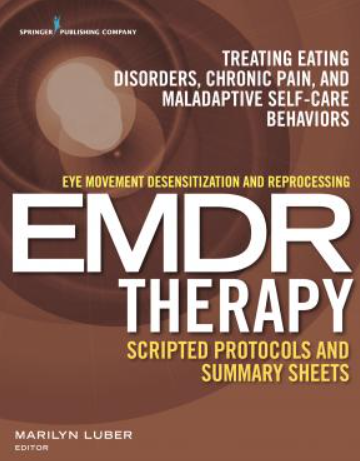Becoming Known: A Relational Model Utilizing Gestalt and Ego State-Assisted EMDR in Treating Eating Disorders
Article highlighting the need to include a trauma-informed and dissociation-sensitive treatment of eating disorders (EDs).
Article Abstract
“Eating disorders (EDs) require a multidisciplinary approach, rather than a hammer-and-nail perspective. Based upon recent research and more than a decade of clinical experience, this article highlights the need to include a trauma-informed and dissociation-sensitive treatment of EDs. The emphasis is on EDs as a dissociative coping strategy, created in many cases to tolerate the intolerable. Ego state therapy, Gestalt principles, and empty chair technique support the adaptive information processing (AIP) of eye movement desensitization and reprocessing (EMDR) in both metabolizing painful experiences that give rise to EDs and in loosening the stranglehold of anxiety and shame. The acronym RUG-C introduces four universal principles in working with ego states: recognition, understanding, gratitude and goal setting, and collaboration. Relational ruptures between ego states/parts of the client (intrapsychic) and between the client and the world (interpersonal) are created in the client’s efforts to deal with painful experiences both large and small. They are repaired in the therapeutic relationship, in the processing of past trauma, and in the rescue of body image from the power of shame. Three case reports, with transcripts, are provided to illustrate conceptualization and its application.”
—Description from publisher
Article Access
Open Access
Seubert, A. (2018). Becoming Known: A Relational Model Utilizing Gestalt and Ego State-Assisted EMDR in Treating Eating Disorders. Journal of EMDR Practice and Research, 12(2), 71–85. https://doi.org/10.1891/1933-3196.12.2.71
About the Journal
The Journal of EMDR Practice and Research is a peer-reviewed publication devoted to integrative, state-of-the-art papers about Eye Movement Desensitization and Reprocessing. It is a broadly conceived interdisciplinary journal that stimulates and communicates research and theory about EMDR, and their application to clinical practice. The Journal of EMDR Practice and Research is the Official Publication of the EMDR International Association.
Date
June 1, 2018
Creator(s)
Andrew Seubert
Topics
Dissociation, Eating Disorders/Body Image
Extent
15 pages
Publisher
Springer Publishing Company
Rights
Copyright © 2018 EMDR International Association
APA Citation
Seubert, A. (2018). Becoming Known: A Relational Model Utilizing Gestalt and Ego State-Assisted EMDR in Treating Eating Disorders. Journal of EMDR Practice and Research, 12(2), 71–85. https://doi.org/10.1891/1933-3196.12.2.71
Series
12
Installment
2
Audience
EMDR Therapists
Language
English
Content Type
Peer-Reviewed
Original Source
Journal of EMDR Practice and Research
Access Type
Open Access





